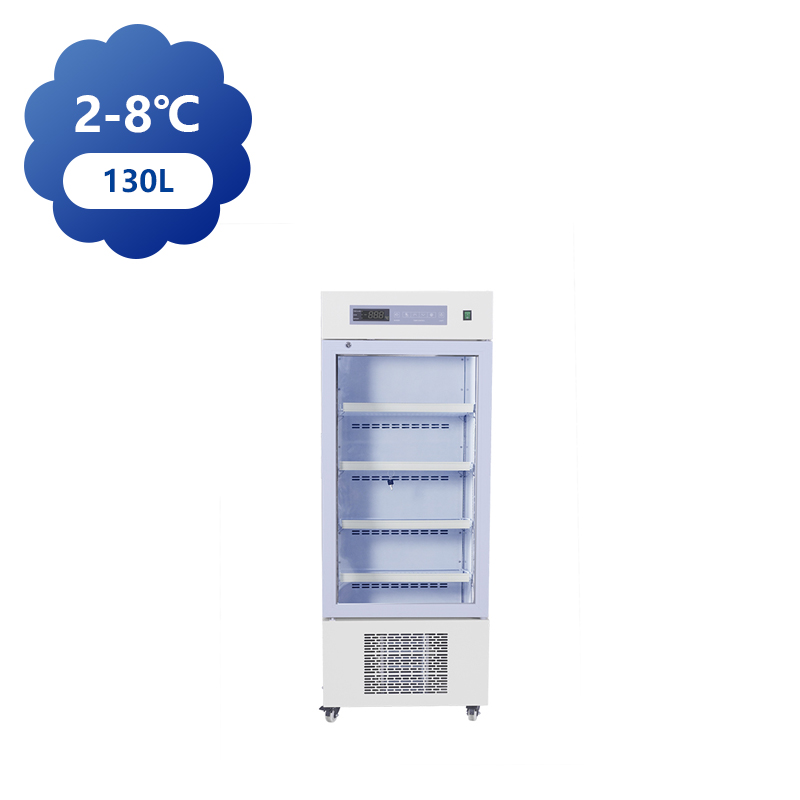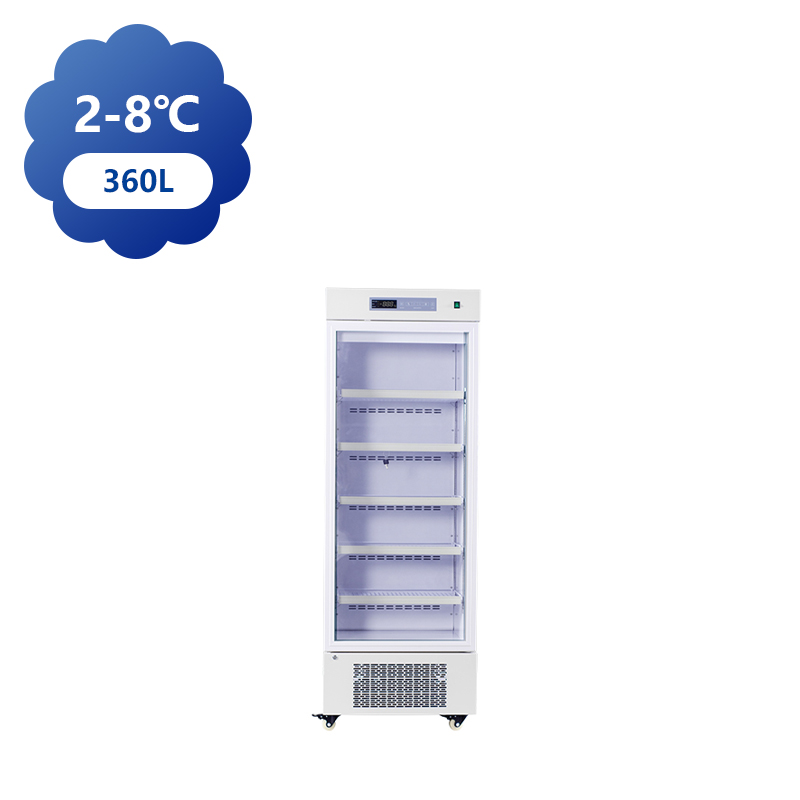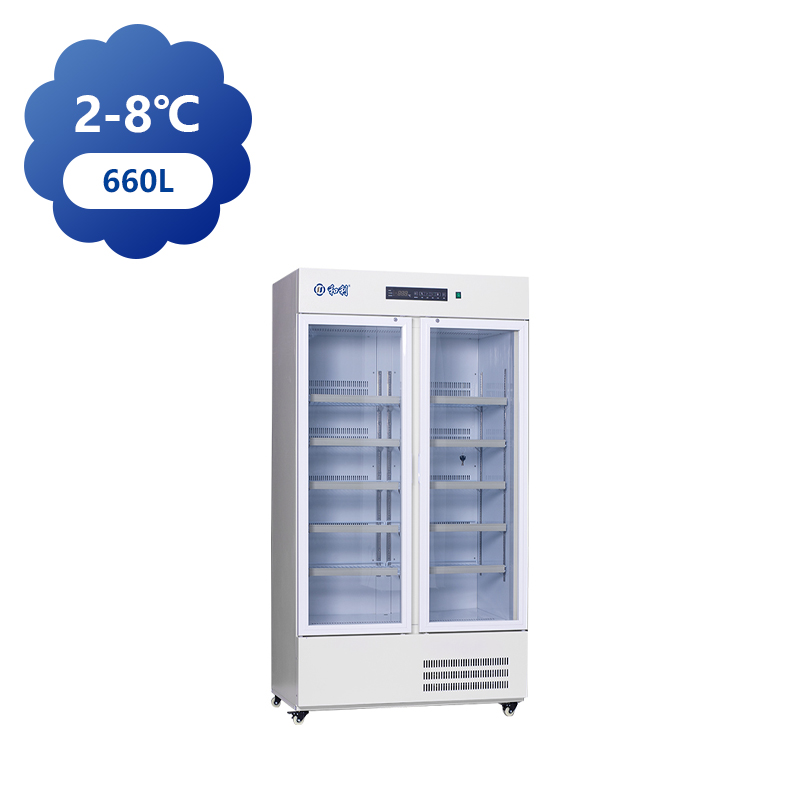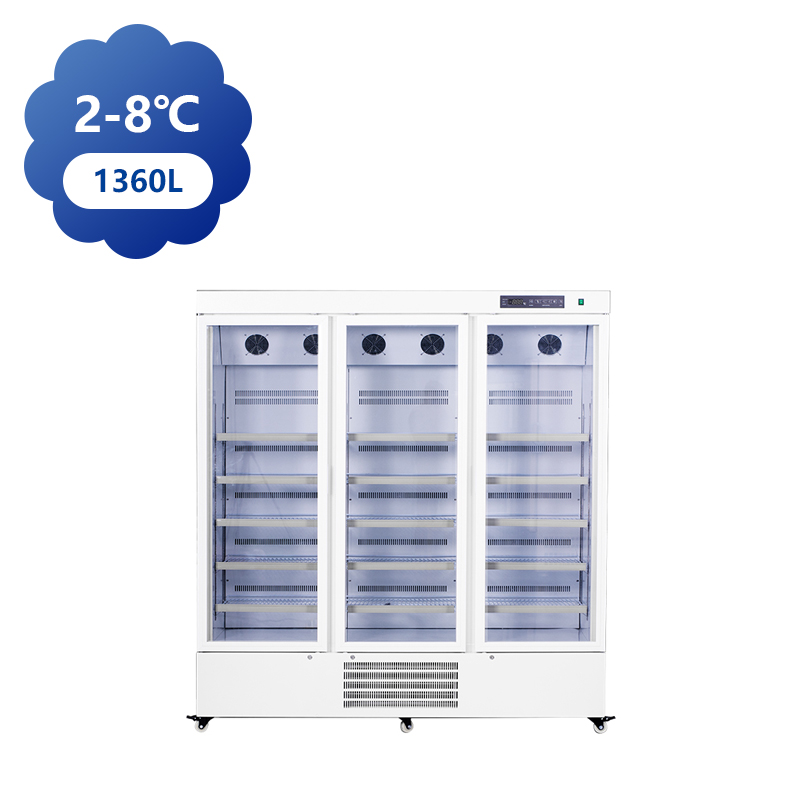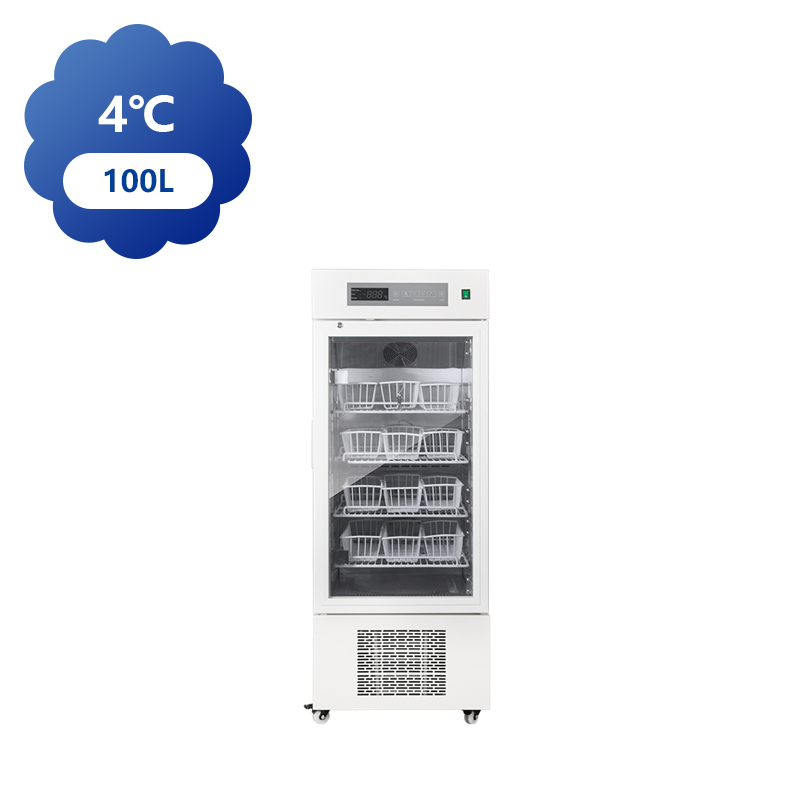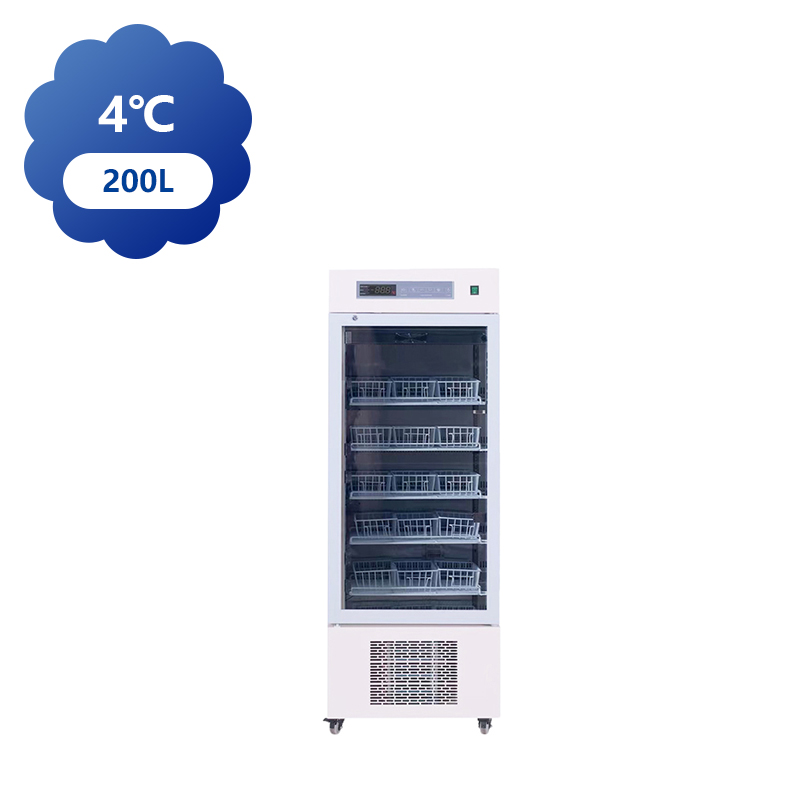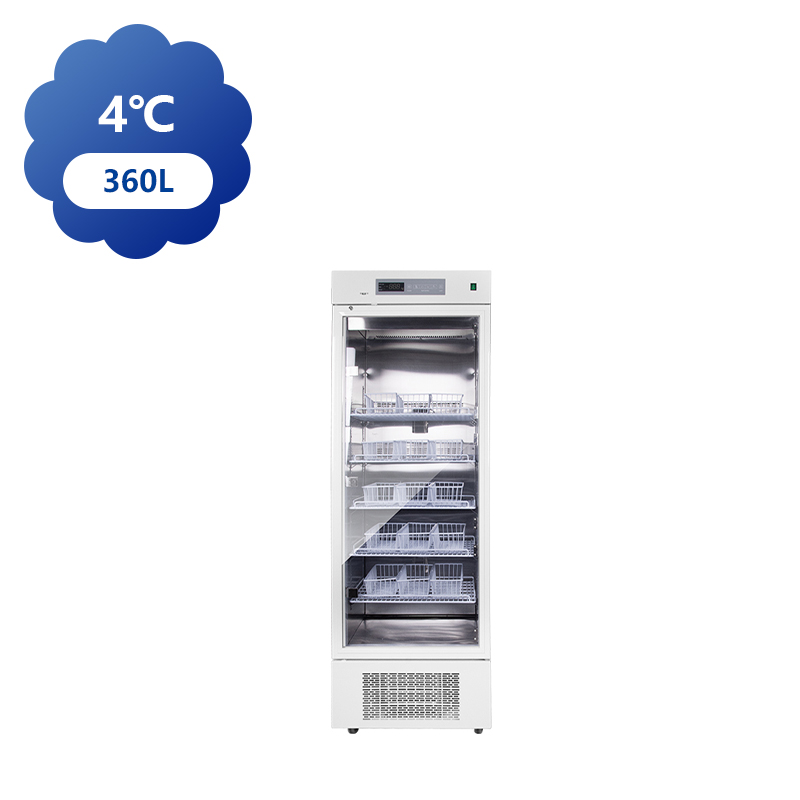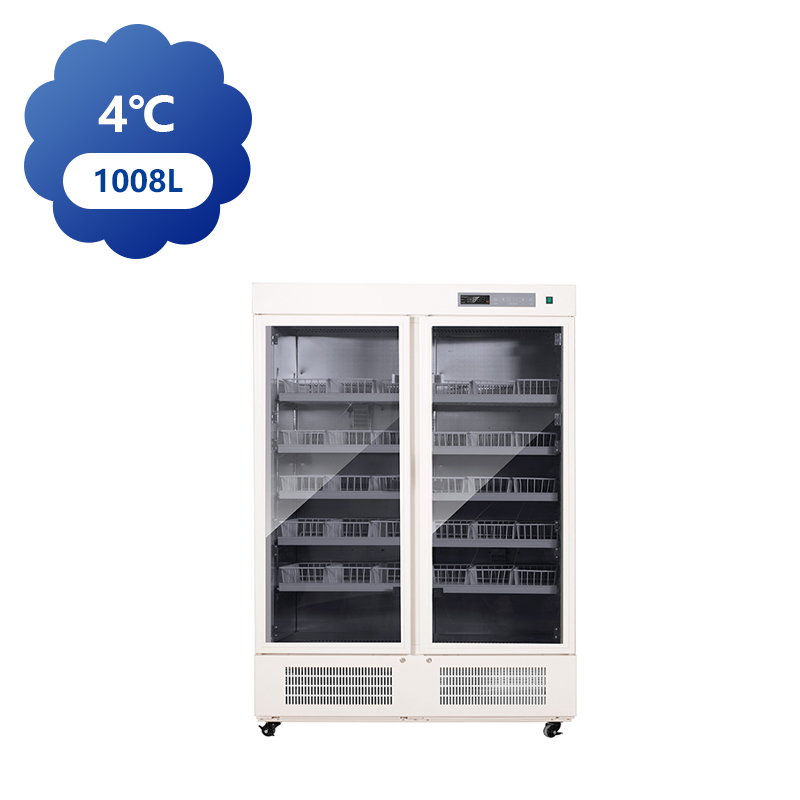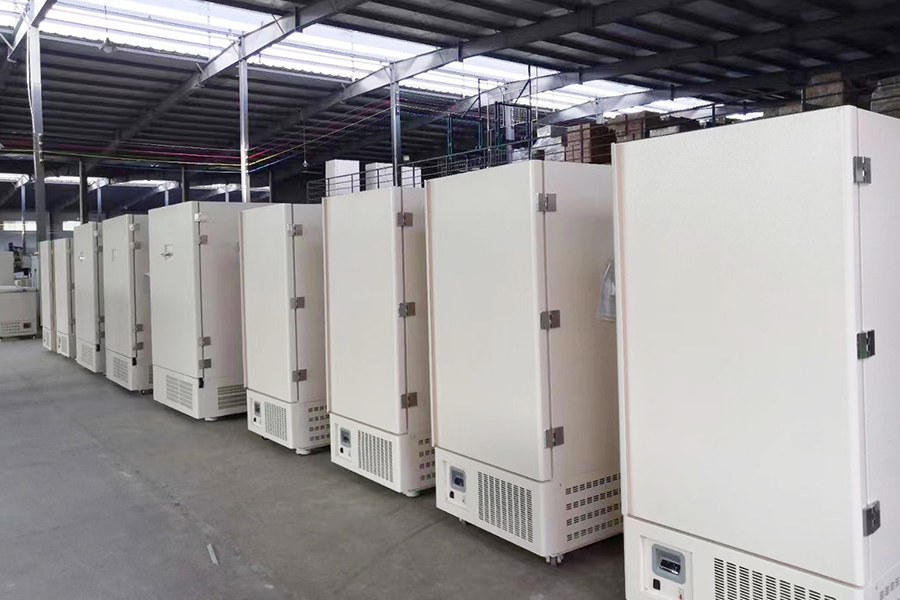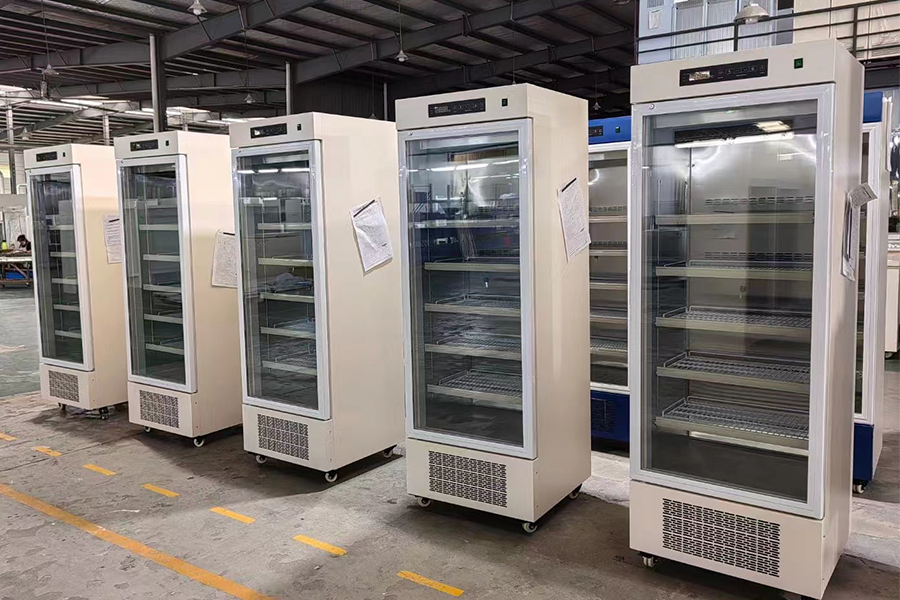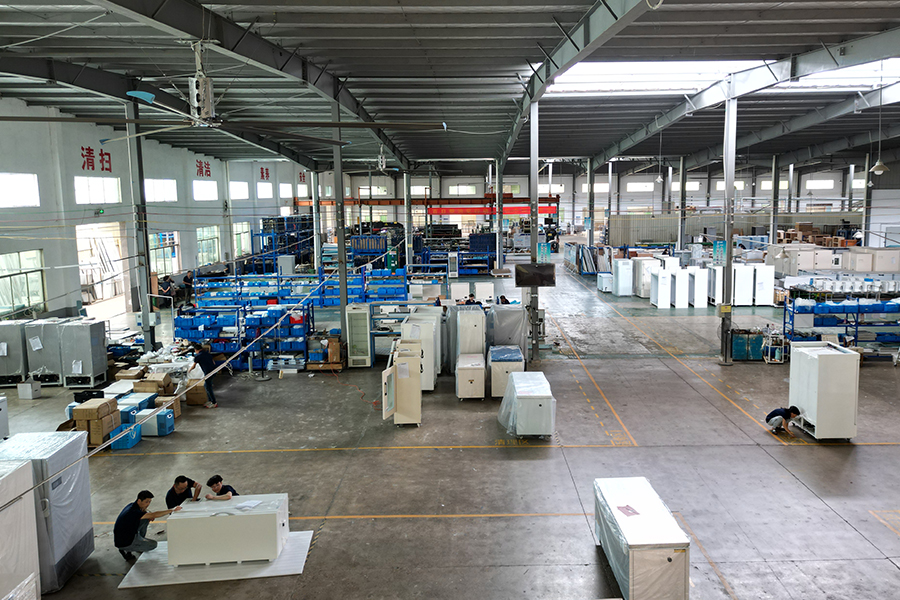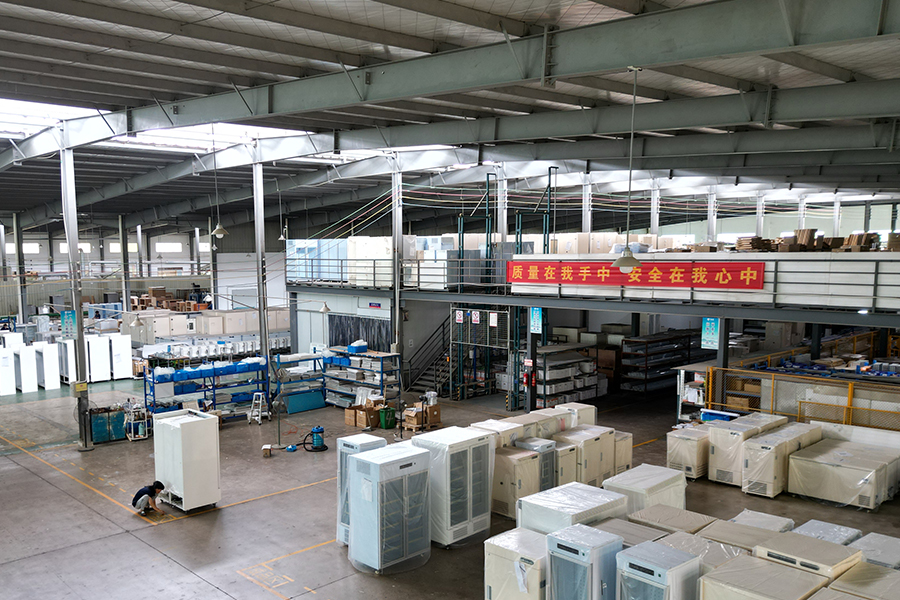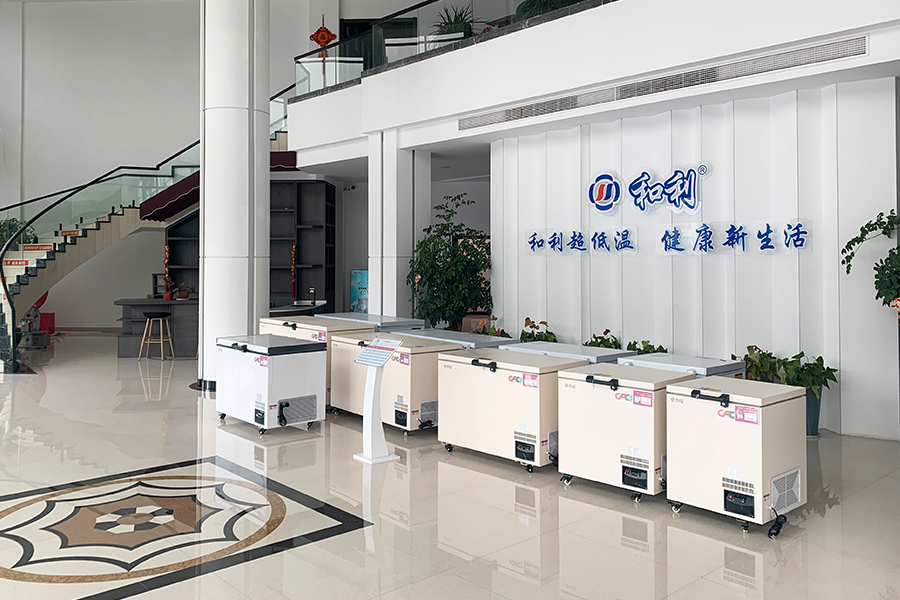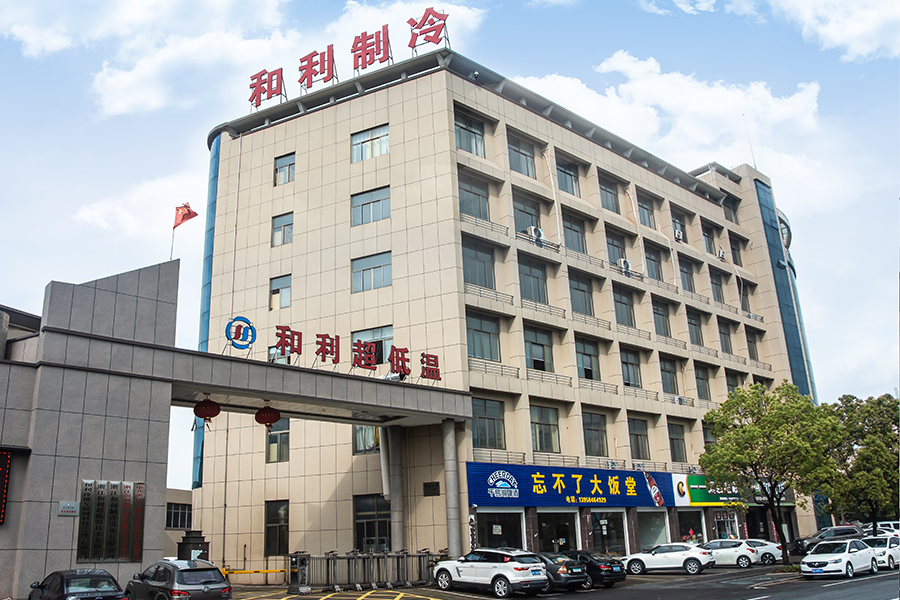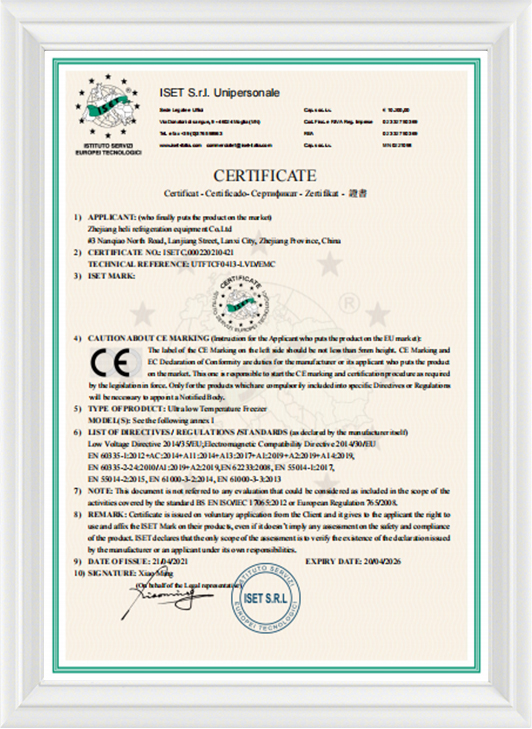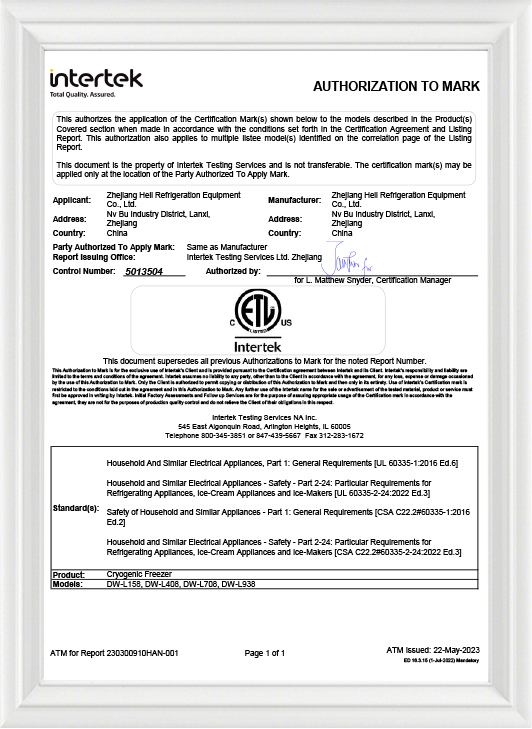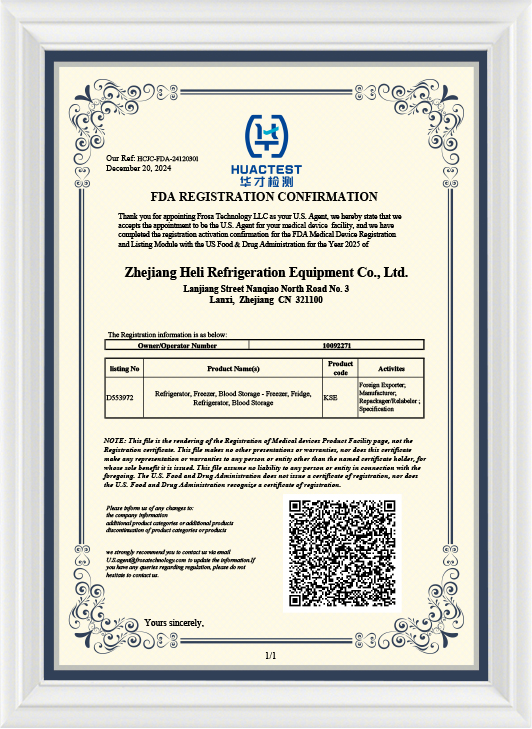A cryogenic medical refrigerator is a specialized refrigeration unit designed to preserve biological samples, vaccines, pharmaceutical products, and medical materials at ultra-low temperatures. These units ensure product stability, prevent degradation, and maintain the integrity of sensitive samples over long periods.
Medical Refrigerator Factory
Zhejiang Heli Refrigeration Equipment Co., Ltd. owns a 25,000-square-meter modern industrial park, featuring a scientific layout and comprehensive functions. The company has established a full-chain industrial system covering technological R&D to finished product inspection, which provides a solid guarantee for the high-quality production of ultra-low temperature refrigeration equipment.
-
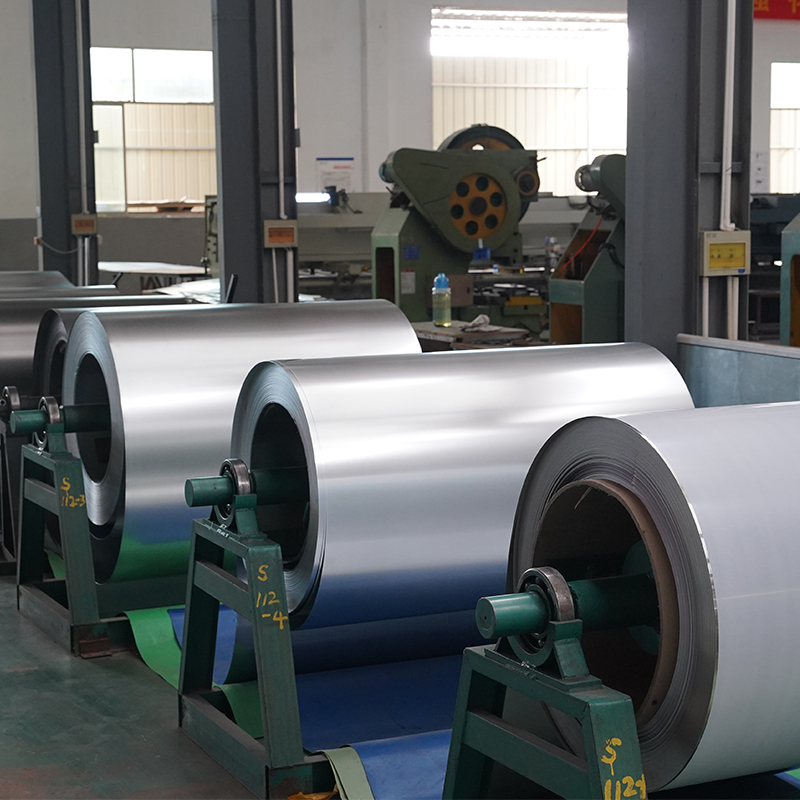 High quality raw materials
High quality raw materialsWe use high-quality raw materials, which are reliable and durable in quality.
-
 OEM/ODM
OEM/ODMWe have a professional R&D team that can design products according to different needs.
-
 Rich experience
Rich experienceWe have a professional technical team that can improve the process based on the different characteristics of the products to extend their service life.
-
 Quality inspection
Quality inspectionThe quality inspection room is equipped with advanced quality inspection devices. Before each refrigerator is dispatched, it needs to undergo various tests to ensure its stability and reliability.
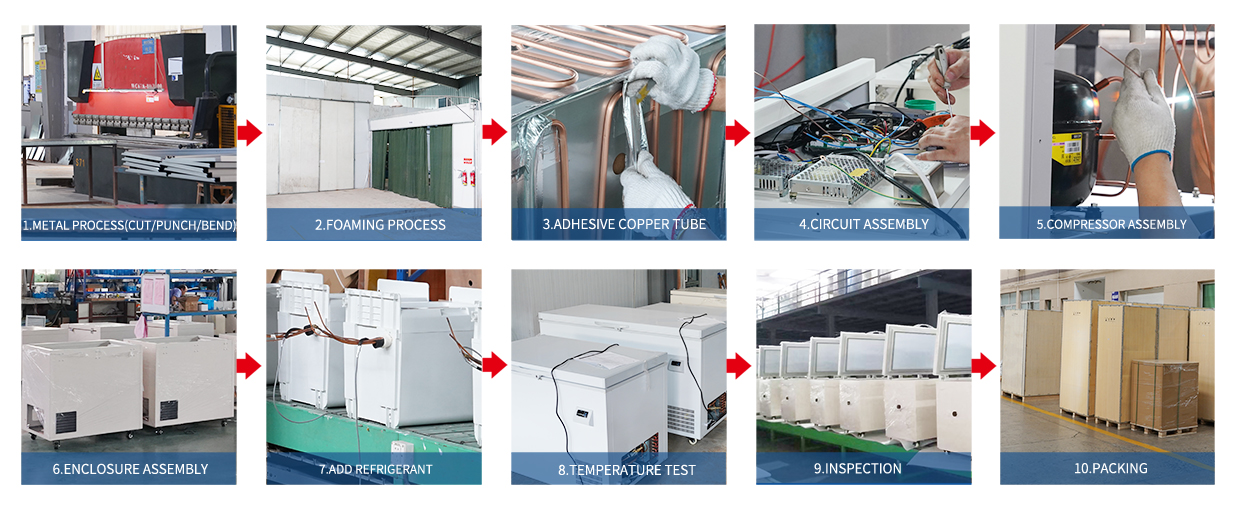
Q. 1. What is a cryogenic medical refrigerator?
Q. 2. What temperature ranges do your refrigerators cover?
Our product line includes models with various temperature capabilities:
•Pharmaceutical refrigerators: +2°C to +8°C
•Low-temperature freezers: down to –45°C or –60°C
•Ultra-low temperature freezers: –86°C
•Cryogenic freezers: as low as –150°CQ. 3. What safety and quality certifications do your refrigerators have?
Our products are manufactured in accordance with international standards and can be supplied with certifications such as FDA CE, ISO 13485, and ISO 9001. Each unit undergoes rigorous performance testing, quality inspection, and temperature calibration before delivery.
Q. 4. How do you ensure temperature accuracy and reliability?
Each model is equipped with a high-precision digital temperature control system, real-time monitoring sensors, and audible/visual alarm functions to detect temperature deviations. Optional data logging and remote monitoring systems are available for enhanced safety and traceability.
Q. 5. Can the refrigerators be customized to meet specific requirements?
Yes. We offer customization options for capacity, interior configuration, voltage, and monitoring systems. Custom branding, data interfaces, and alternative refrigerants (environmentally friendly options) can also be provided upon request.
Q. 6. Do you provide international shipping and after-sales service?
Yes. We export globally and work with logistics partners experienced in handling precision laboratory equipment. Our technical team provides remote support, spare parts, and professional guidance for installation and maintenance.
Q. 7. What are the maintenance requirements for cryogenic refrigerators?
Routine maintenance includes cleaning condenser filters, verifying temperature uniformity, and periodically checking door seals. Our after-sales team can provide maintenance guidelines and technical training for your staff to ensure optimal performance and longevity.
Q. 8. How can I choose the right model for my application?
Our sales engineers will assist you in evaluating your storage requirements — such as temperature range, sample volume, installation space, and power configuration — to recommend the most suitable model for your application.
Q. 9. Do you work with distributors or OEM partners?
Yes. We welcome collaboration with qualified distributors and OEM partners worldwide. We provide full technical support, marketing materials, and training to help our partners serve their markets effectively.
-
In sectors like healthcare and food delivery, maintaining ultra-low temperature conditions during transport is essential. Whether you're carrying vaccines, biol...
READ MORE -
When transporting temperature-sensitive materials—be they biological samples, pharmaceuticals, or premium perishables—a combination of ULT Car Freezer and ULT P...
READ MORE -
When choosing a portable freezing solution, users frequently compare ULT car freezers (mounted or integrated into vehicles) versus standalone ULT portable freez...
READ MORE -
The transportation of perishable goods requires precision, especially when it comes to temperature control. In the last years, ULT car freezer has gained signif...
READ MORE
Medical refrigerators are indispensable in healthcare facilities, ensuring that temperature-sensitive medications, vaccines, and biological samples are stored in conditions. These units are designed to provide precise and consistent temperatures to prevent the degradation of essential medical products. The design and functionality of medical refrigerators are centered around maintaining strict temperature control and ensuring the safety and efficacy of the stored items.
Content Structure of Medical Refrigerator
The content structure of a medical refrigerator can be broken down into several key components: the refrigeration system, the insulation, the storage compartments, and the control system. Each of these elements plays a critical role in ensuring that the unit operates efficiently and meets the necessary standards for medical storage.
Insulation: To ensure that temperatures are maintained, medical refrigerators are built with high-performance insulation materials. This helps prevent heat exchange between the interior and the external environment, enhancing the refrigerator's efficiency. Insulation materials such as polyurethane foam or vacuum-insulated panels are used to keep the interior cold and stable, even in varying ambient temperatures.
Storage Compartment: The storage compartment of a medical refrigerator is designed to be adjustable and organized to accommodate a range of items, such as vaccines, medicines, and biological samples. The shelves are often modular, allowing for flexible storage. Some units also include door bins or trays for smaller items, providing more efficient use of space.
Compressor of Medicine Refrigerator
The compressor is a central component of any medicine refrigerator, as it is responsible for circulating the refrigerant throughout the system. It plays a vital role in maintaining the low temperatures necessary for storing medicines and vaccines. The compressor works by compressing the refrigerant gas, causing it to become a high-pressure, high-temperature gas. This gas then flows through the condenser coils, where it cools and condenses into a liquid.
The compressor's performance is crucial for the overall efficiency and effectiveness of the refrigerator. A well-functioning compressor ensures that the unit can reach and maintain the required temperature, while a malfunctioning compressor can bring about temperature fluctuations, compromising the safety and efficacy of the stored products. There are two primary types of compressors used in medicine refrigerators: reciprocating and rotary.
Reciprocating Compressors: These compressors work by using a piston to compress the refrigerant. The piston moves back and forth in a cylinder, drawing in the refrigerant and compressing it before sending it out of the compressor. Reciprocating compressors are known for their reliability and ability to produce higher pressures, making them ideal for refrigeration units that require stable, consistent cooling.
Rotary Compressors: Rotary compressors, on the other hand, use a rotating mechanism to compress the refrigerant. These compressors are generally quieter and more energy-efficient than reciprocating compressors. They are well-suited for smaller medical refrigerators or those that require continuous cooling without frequent temperature fluctuations.
Energy Consumption of Ultra-Low Temperature Medicine Freezer
Ultra-low temperature (ULT) medicine freezers are designed to store sensitive biological materials, such as vaccines, cell cultures, and enzymes, at temperatures as low as -60°C to -86°C. These units are critical in the pharmaceutical and medical industries, where the integrity of biological products is paramount. However, maintaining such low temperatures can be energy-intensive, and understanding the energy consumption of ULT freezers is essential for optimizing their use.
Energy-Intensive Cooling Systems: The primary reason ULT freezers consume a significant amount of energy is the temperature requirements. Achieving and maintaining temperatures as low as -60°C or -86°C demands powerful cooling systems. These freezers typically rely on advanced cascade refrigeration systems, which use multiple stages of compression and expansion to achieve ultra-low temperatures. While these systems are effective, they require a substantial amount of power to operate continuously.
Insulation and Temperature Stability: The insulation used in ULT freezers helps to reduce energy consumption by heat exchange between the interior and exterior of the unit. Higher-quality insulation materials, such as polyurethane foam or vacuum-insulated panels, are used to keep the cold air in and prevent external heat from entering. However, the insulation alone cannot eliminate the need for continuous cooling, especially in a high-demand environment where frequent door openings are necessary.



 中文简体
中文简体 English
English Français
Français عربى
عربى
